Types Of Computer Ports
At present, with the advancement of technology, the signal transmission and display effect of the display are getting better and better. Usually the display has more transmission signal interfaces, and different signal interfaces have different transmission advantages and disadvantages, let us have a preliminary understanding of different signal interfaces.
There are four main kinds of display interfaces on the market: HDMI, VGA, DP, and DVI. The appearance and shape of these four interfaces are also different. When we build a computer, we need to consider the matching of the host graphics card interface and the display interface. Now the public graphics card will have HDMI and DP interfaces, some manufacturers will add a DVI interface to the graphics card according to the market demand because the VGA interface transmits analog signals, the data will be lost during the transmission process, so the mainstream has gradually abandoned it.

DVI Port
The full name of DVI is Digital Visual Interface. It was formed in 1999 by Silicon Image, Intel (Intel), Compaq (Compaq), IBM, HP (Hewlett-Packard), NEC, Fujitsu (Fujitsu) and other companies to form DDWG (Digital Display Working Group, Digital Display Working Group) interface standard. It is based on Silicon Image's PanalLink interface technology, based on the TMDS (Transition Minimized Differential Signaling, minimized transmission differential signal) electronic protocol as the basic electrical connection. TMDS is a differential signaling mechanism that encodes pixel data and transmits it over a serial connection. The digital signal generated by the graphics card is encoded by the transmitter according to the TMDS protocol, then sent to the receiver through the TMDS channel, and then sent to the digital display device after decoding. A DVI display system consists of a transmitter and a receiver. The transmitter is the source of the signal, which can be built into the graphics card chip or appear on the graphics card PCB in the form of an additional chip; while the receiver is a circuit on the display that can receive digital signals, decode them and transmit them. In the digital display circuit, through the two, the signal sent by the graphics card becomes the image on the monitor.

Since this interface was released relatively early, it is mainly used for PC, and the compatibility with TV signals is relatively poor. It can only support 8-bit RGB signal transmission. Although too many pins support analog equipment, it also forms an oversized interface. fact. This interface has three different interface forms: DVI-A, DVI-D, and DVI-I. Among them, DVI-D has only a digital interface, and DVI-I has a digital and analog interface.
The DVI-D interface is a digital signal interface in the true sense, which is also divided into single-channel and dual-channel, that is, the interface is 18-pin or 24-pin. Among them, the 24-pin interface can transmit more data and supports a 3D screen display with a maximum resolution of 1080p.

Because the DVI interface eliminates the frequent conversion between digital signals and analog signals during the video signal transmission process between the computer and the monitor, therefore, compared with the VGA interface, the DVI interface can better present the image details.
However, this interface only exists in PC computers, and cannot be used for game consoles, disc players, flat-panel TVs, and other devices.
In addition, this interface can only transmit video signals and has a large volume. Due to problems such as poor compatibility, inconvenient use, and low transmission bandwidth, this interface has gradually been eliminated by the market.

VGA Port
The full name of VGA is Video Graphics Array, which is a display standard proposed by IBM in the 1980s. The interface has a total of 15 pins and is divided into three rows. Since VAG transmits red, green, and blue analog signals, it cannot be found on mainstream graphics cards. Since some old monitors and projectors also have VGA ports, you can attach adapters to realize signal transmission
The information processed by the graphics card will eventually be output to the monitor. The output interface of the graphics card is the bridge between the computer and the monitor, and it is responsible for outputting corresponding image signals to the monitor. CRT monitors can only accept analog signal input due to design and manufacturing reasons, which requires the graphics card to be able to input analog signals. The VGA interface is the interface for outputting analog signals on the graphics card. The VGA (Video Graphics Array) interface is also called the D-Sub interface. Although LCD monitors can directly receive digital signals, many low-end products use VGA interfaces to match VGA interface graphics cards. The VGA interface is a D-type interface with a total of 15 pins, divided into three rows, five in each row. The VGA interface is the most widely used interface type on graphics cards, and most graphics cards have this type of interface. Some graphics cards without a VGA interface but with a DVI interface can also convert the DVI interface to a VGA interface through a simple adapter. Usually, graphics cards without a VGA interface will come with such an adapter.

HDMI Port
The full name of HDMI is High Definition Multimedia Interface, an interface that can send fully digital video and audio at the same time; it is especially suitable when connected to a TV, and has strong anti-interference. The current highest HDMI 2.1 standard can support 8K 60Hz and 4K 120Hz, and the highest resolution can be Reach 10K; In addition, HDMI interface high dynamic range HDR bandwidth can reach 48Gbps.
In April 2002, seven companies including Hitachi, Panasonic, Philips, Silicon Image, Sony, Thomson, and Toshiba established the HDMI organization and began to formulate new standards dedicated to digital video/audio transmission. At the end of 2002, the High-definition Digital Multimedia Interface (HDMI) HDMI 1.0 standard was promulgated, and version 1.3 had been promulgated by the end of 2006. The main change is to further increase the bandwidth to transmit higher resolution and color depth . HDMI is compatible with DVI on the pin, but it uses a different package. Compared with DVI, HDMI can transmit digital audio signals, increase support for HDCP, and provide better DDC optional functions. HDMI supports a data transmission rate of 5Gbps, and can be transmitted up to 15 meters, which is enough to handle a 1080p video and an 8-channel audio signal.Our HDMI monitor deliver vivid picture quality through HDMI port.

Display Port
DisplayPort is also a high-definition digital display interface standard, which can be connected to a computer and a monitor, or to a computer and a home theater. In May 2006, the Video Electronics Standards Association (VESA) confirmed version 1.0 of the standard, and upgraded to version 1.1 half a year later, providing support for HDCP. Version 2.0 is also planned to be launched this year. As a competitor of HDMI and UDI and a potential successor of DVI, DisplayPort has won the support of industry giants such as AMD, Intel, NVIDIA, Dell, HP, Lenovo, Philips, Samsung, etc., and it is free to use, unlike HDMI. High licensing fees. AMD's roadmap shows that the company will start supporting DisplayPort by the end of this year and early next year to replace HDMI.
In terms of performance, DisplayPort 1.1 supports a maximum transmission bandwidth of 10.8Gb/s, while the latest HDMI 1.3 standard can only support a bandwidth of 10.2G/s; in addition, DisplayPort can support WQXGA+ (2560×1600), QXGA (2048× 1536) and other resolutions and 30/36bit (10/12bit per primary color) color depth, 1920×1200 resolution color support to 120/24Bit, ultra-high bandwidth and resolution are fully sufficient to adapt to the development of display devices.Our displayport monitor with 16.7M color depth and 100% sRGB color gamut display rich colors and vivid images by the display port.

This interface is a display interface released by the Video Electronics Standards Association (VESA). It supports 8-bit and 10-bit colors. It has been upgraded to version 1.4. It can transmit 10bit 4K 120Hz video, and can also support 8K 60Hz video. It is also the mainstream interface for monitors. At the same time, DP1.4 is compatible with the USB Type-C interface. This interface can transmit data while transmitting audio and video signals.
It makes users more convenient to use, so displays such as the current Philips 279C9, AOC U27U2, and BenQ EW2780U will choose to be equipped with a Type-C interface to improve the user experience.
As an enhanced version of HDMI, DP will add high-definition audio signal transmission support while video signal transmission, and also support higher resolution and refresh rate. When you use 4K resolution, due to insufficient HDMI bandwidth, it can only transmit up to 30 frames, and the DP interface is fully capable.
USB C Port
Universal Serial Bus (English: Universal Serial Bus, abbreviation: USB) is a serial bus standard and a technical specification for input and output interfaces. It is widely used in information communication products such as personal computers and mobile devices, and has been extended to Photographic equipment, digital TV (set-top box), game consoles and other related fields. The latest generation is USB4, with a transmission speed of 40Gbit/s, a three-stage voltage of 5V/12V/20V, and a maximum power supply of 100W. The new Type C interface allows positive and negative blind insertion.

The USB interface is divided into three types: standard USB interface, Mini USB interface and Micro USB interface.
1. Standard USB interface
It is divided into two types: Type-A and Type-B. Type-A interface is also the most common USB interface in our daily life. It is widely used in mouse, keyboard, U disk and other equipment. Type-B type is often used in printers. , special monitors and other equipment.
2. Mini USB interface
Mini USB interface is a small USB interface, its indicators are the same as standard USB, but ID pins (used to distinguish whether the device is a host or a peripheral) are added to support OTG (On The Go, this function allows In the case of the device, realize the data transmission between devices) function.
Due to its relatively small size, the Mini USB interface is common on some small devices, such as MP3, MP4, radio, etc., and some types of mobile phones also use this interface.
3. Micro USB interface
The Micro USB interface is the next-generation interface of Mini USB. The plug of the Micro USB interface is made of stainless steel, and the plugging life is increased to 10,000 times. Compared with the Mini USB interface, the height is halved when the width is almost unchanged. Smaller.

Type-C is a brand-new USB interface form, which was born with the latest USB 3.1 standard. Released by the USB-IF organization in August 2014, it is a brand-new interface formulated by the USB standardization organization to solve the long-term inconsistencies in the physical interface specifications of the USB interface, and the power can only be transmitted in one direction. It integrates charging, display, and data transmission. All in one. The biggest feature of the Type-C interface is that it supports two directions of insertion, which officially solves the worldwide problem of "USB can never be inserted correctly", and can be inserted at will.
The TYPE-C hardware interface has obvious characteristics, mainly as follows:
(1) Support positive and negative symmetrical plugging, to solve the problem that the reverse plug cannot be inserted in practical applications;
(2) The interface is slim, which can support thinner and lighter devices, and can make the design of portable devices thinner and smaller;
(3) Support higher power transmission, up to 100 watts, and support more high-power load devices.
(4) Support single-port and dual-port TYPE-C, flexible applications.
(5) Support two-way power transmission, both for power transmission and power reception.
Conclusion
Currently the interface on the market is the Display port with the best performance, followed by the HDMI interface, DVI interface and VGA interface are still used but gradually replaced.
The VGA interface, also known as the D-Sub interface, uses analog signals and is limited to video transmission. DVI interface supports analog signal and digital signal transmission, its obvious disadvantage is that it does not support audio signal. The HDMI 1.4 interface is currently the most common in monitors. It supports multi-channel audio transmission, can provide realistic colors, and can support 4K resolution, but the refresh rate is only up to 30Hz. HDMI 2.0 further expands the color depth and supports 4K at a refresh rate of 60Hz. Both versions 1.4 and 2.0 support Adaptive Sync, the AMD FreeSync technology. HDMI 2.1 adds support for Dynamic HDR, 4K at 4K, and 8K at 120Hz. The DP interface is also a high-definition digital display interface standard, which is the current mainstream. It is used in some high-end displays and can be regarded as an upgraded version of the HDMI interface. If you are using a 4K display, the HDMI bandwidth is insufficient and can only transmit 30 frames. DP is more than capable.






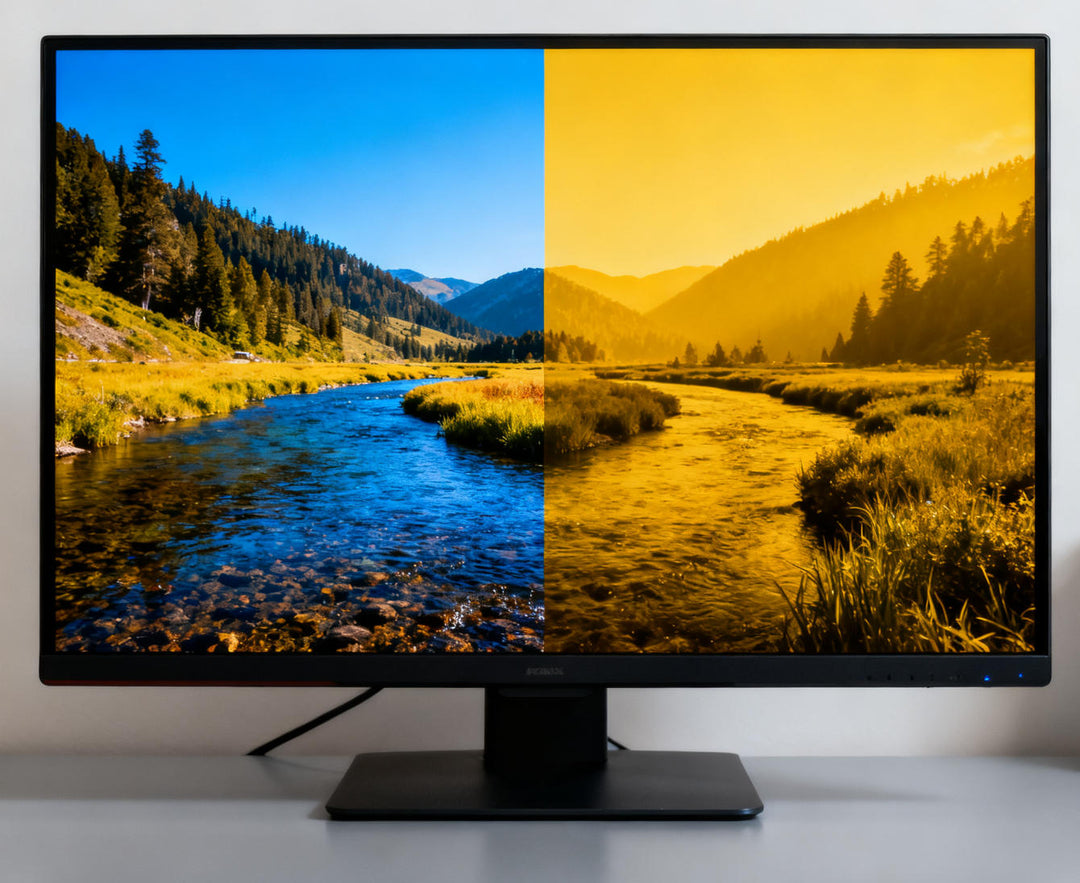
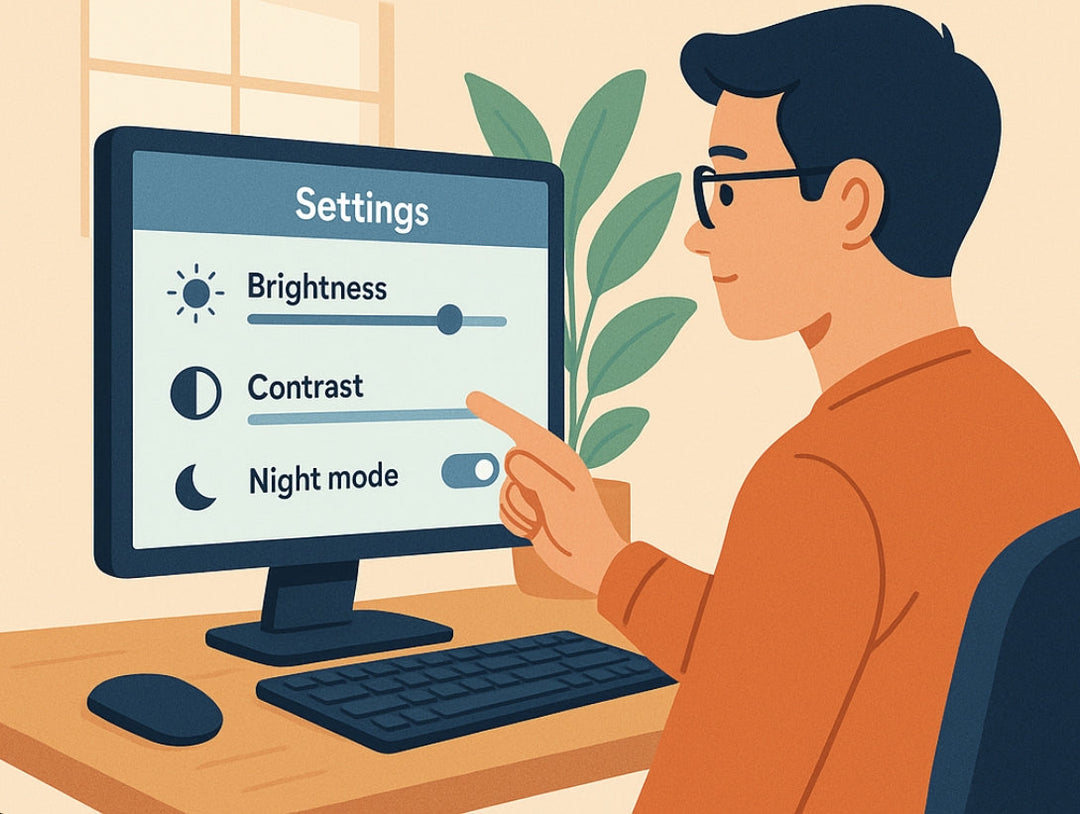
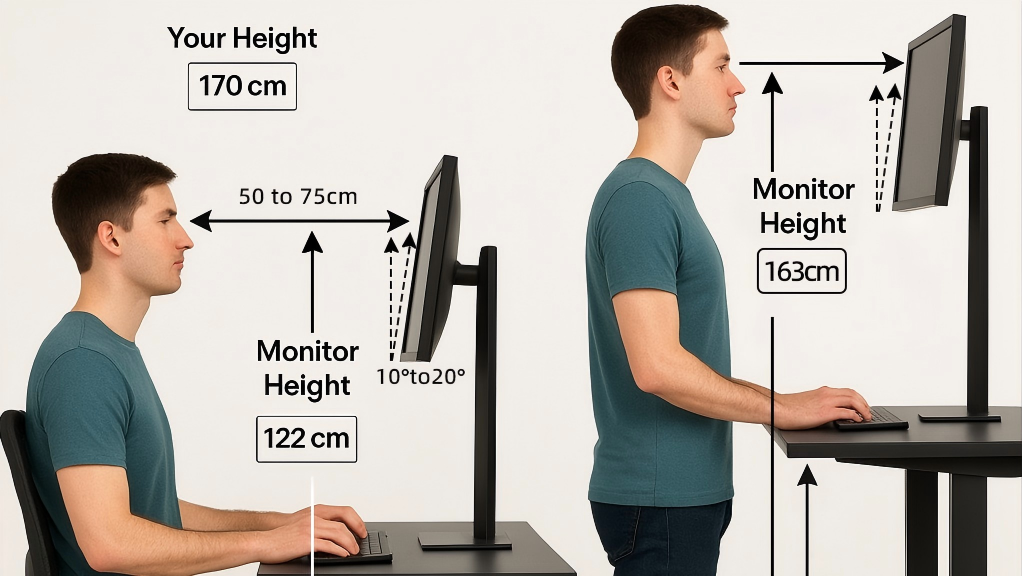
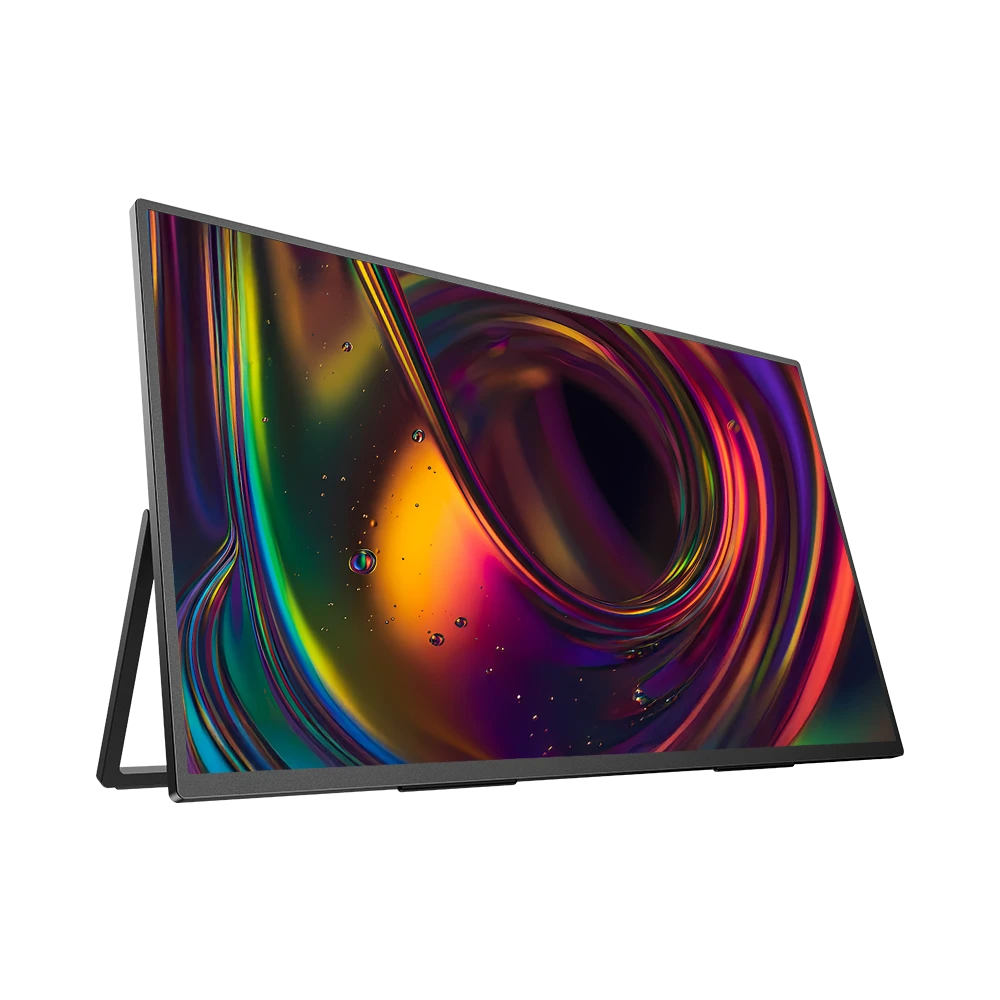
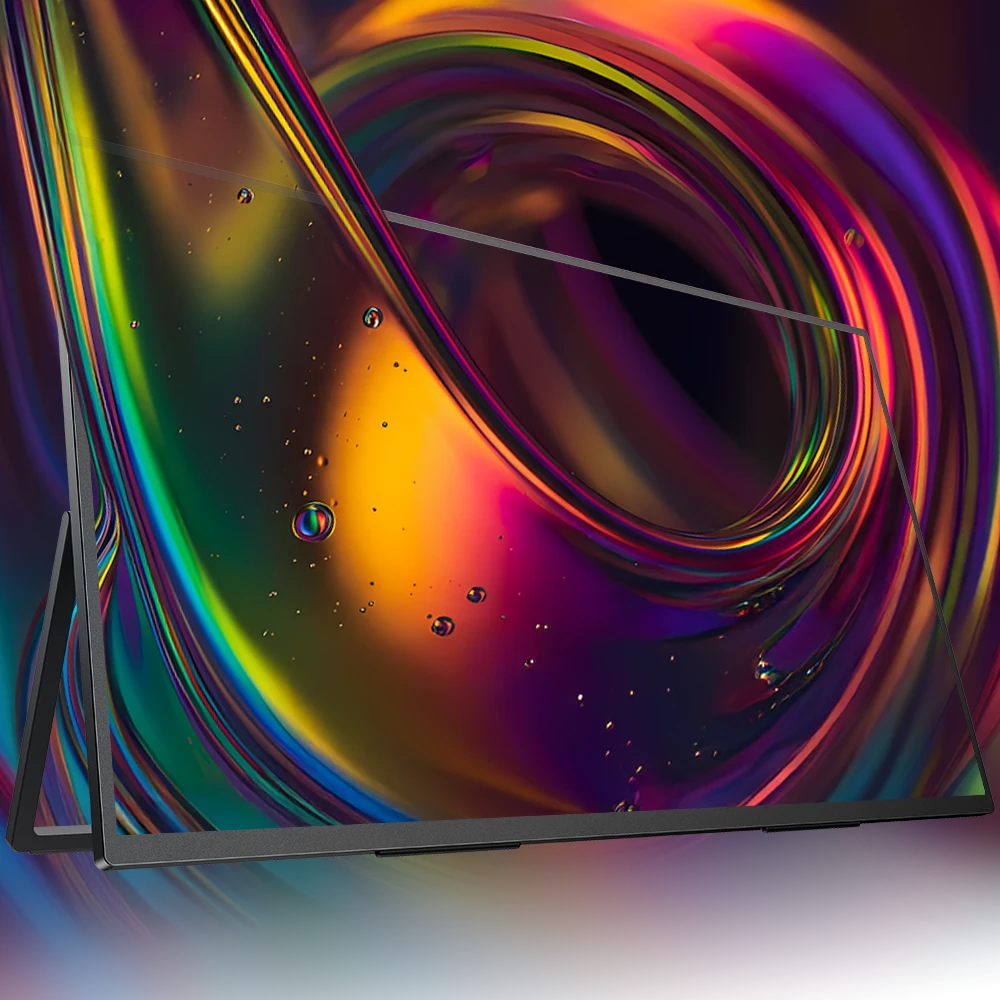
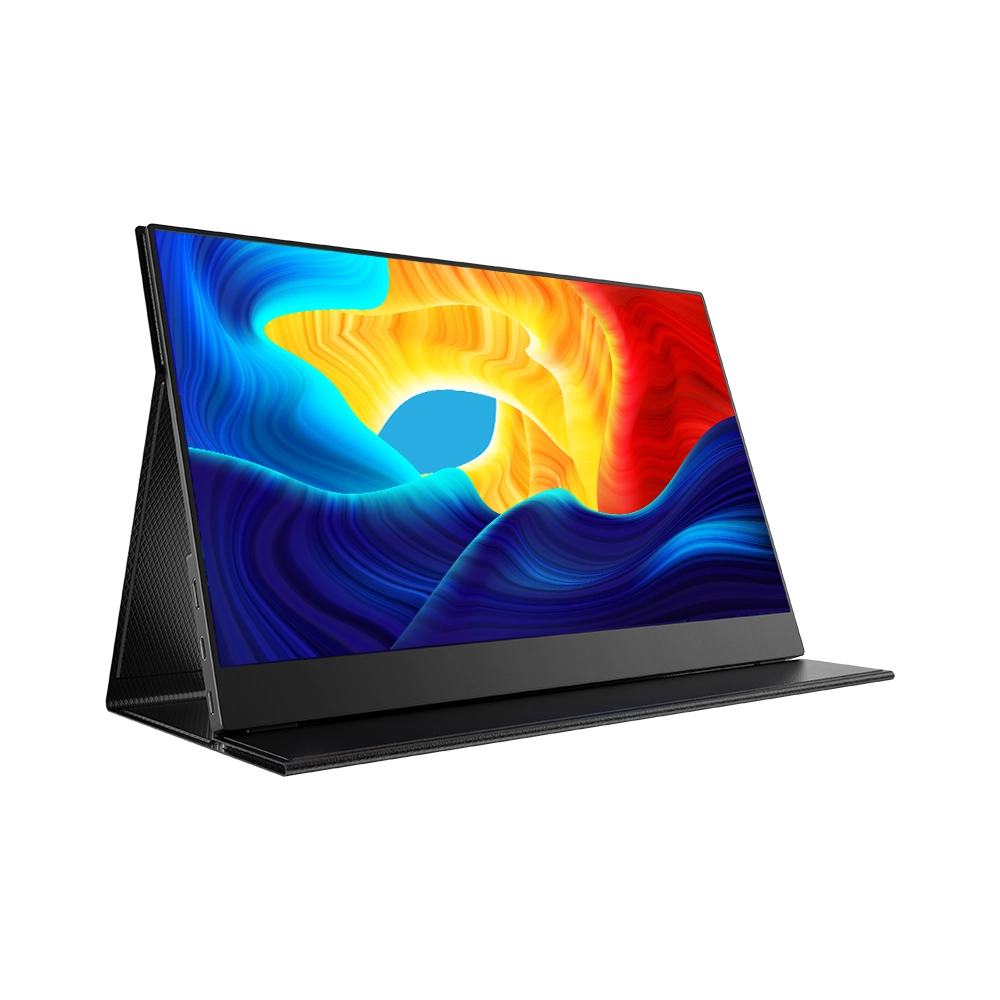
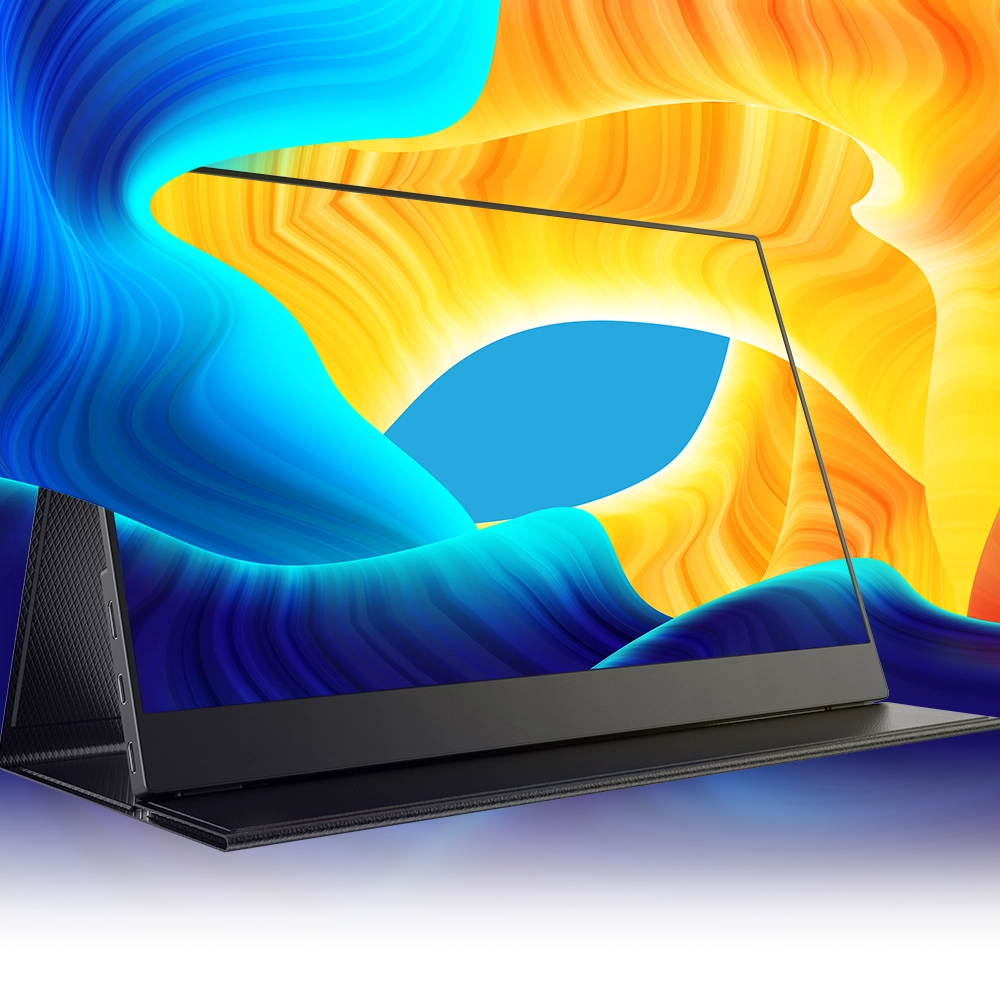
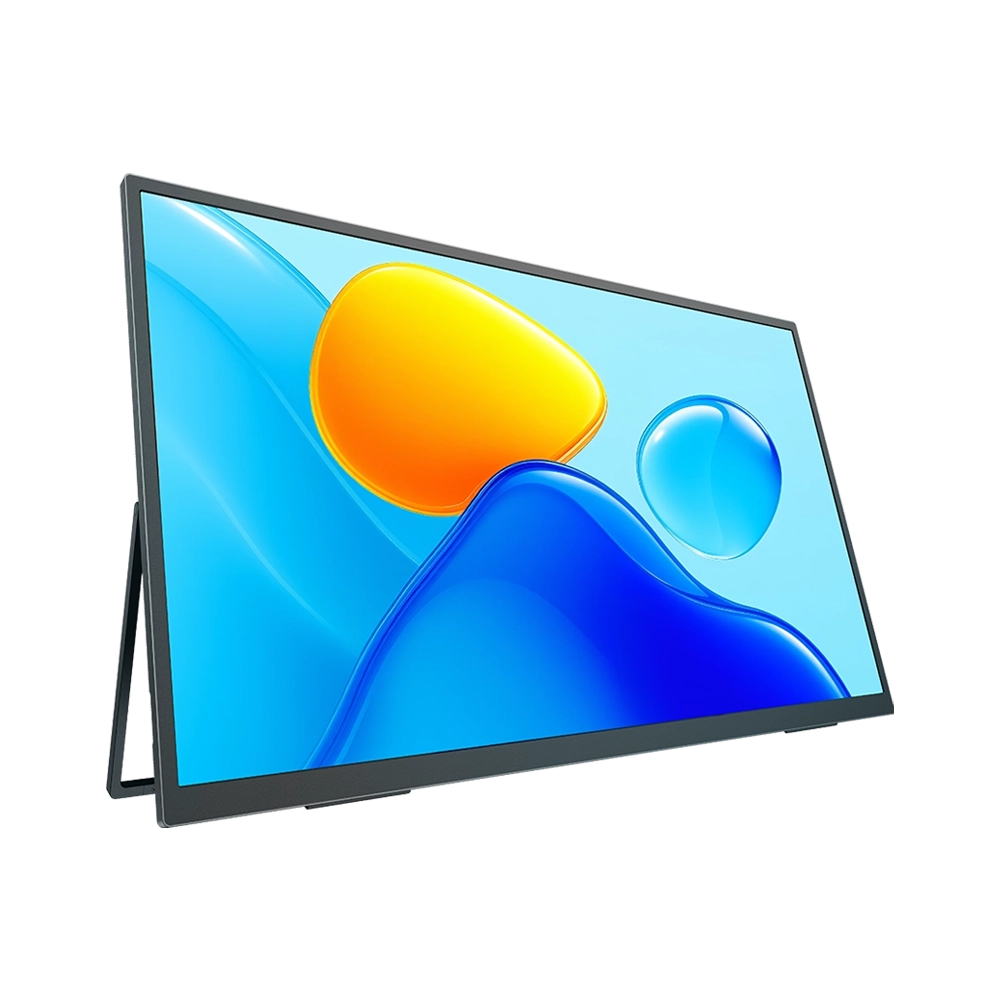
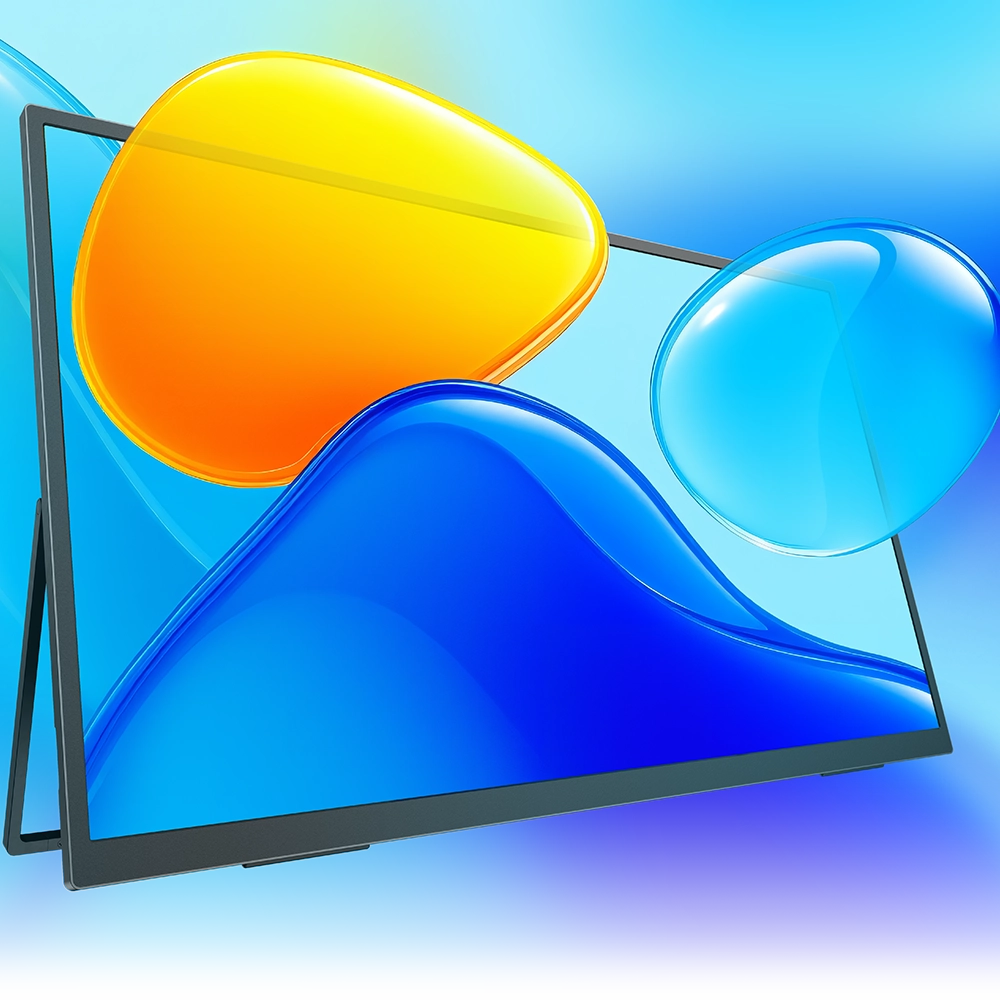
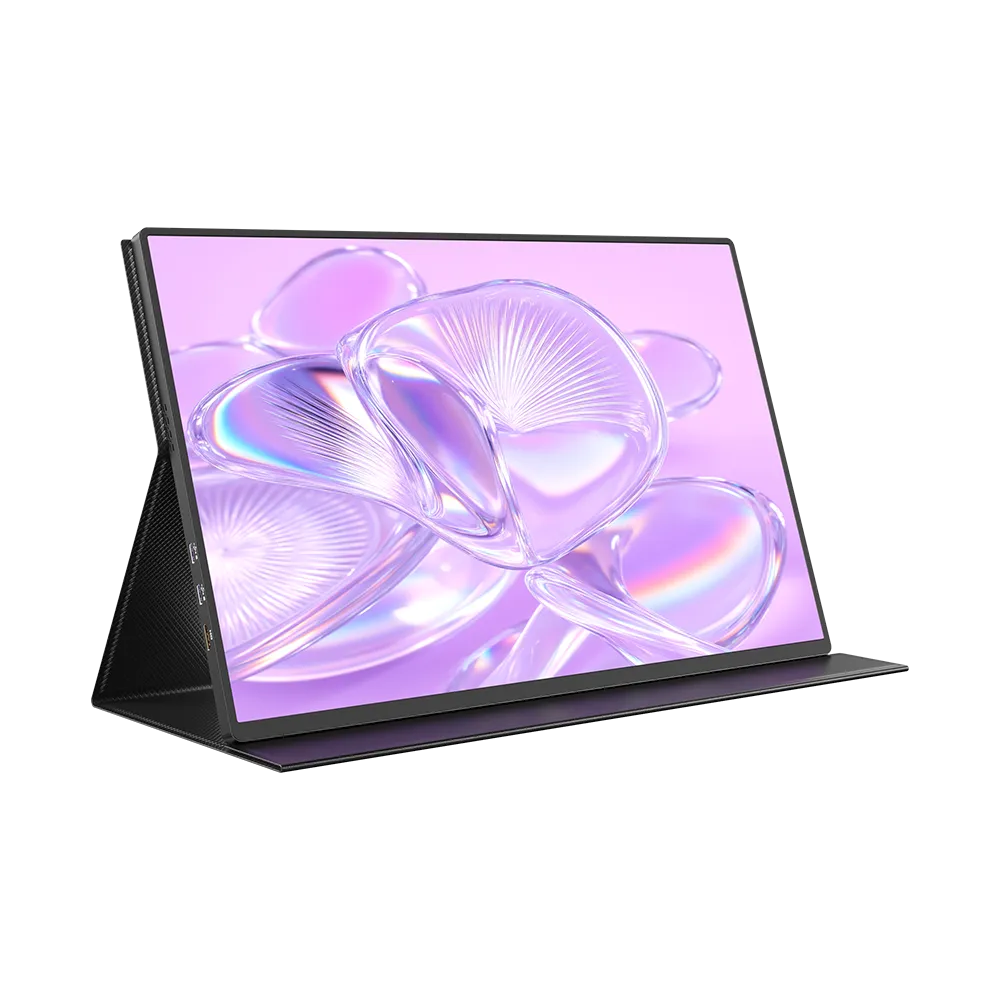
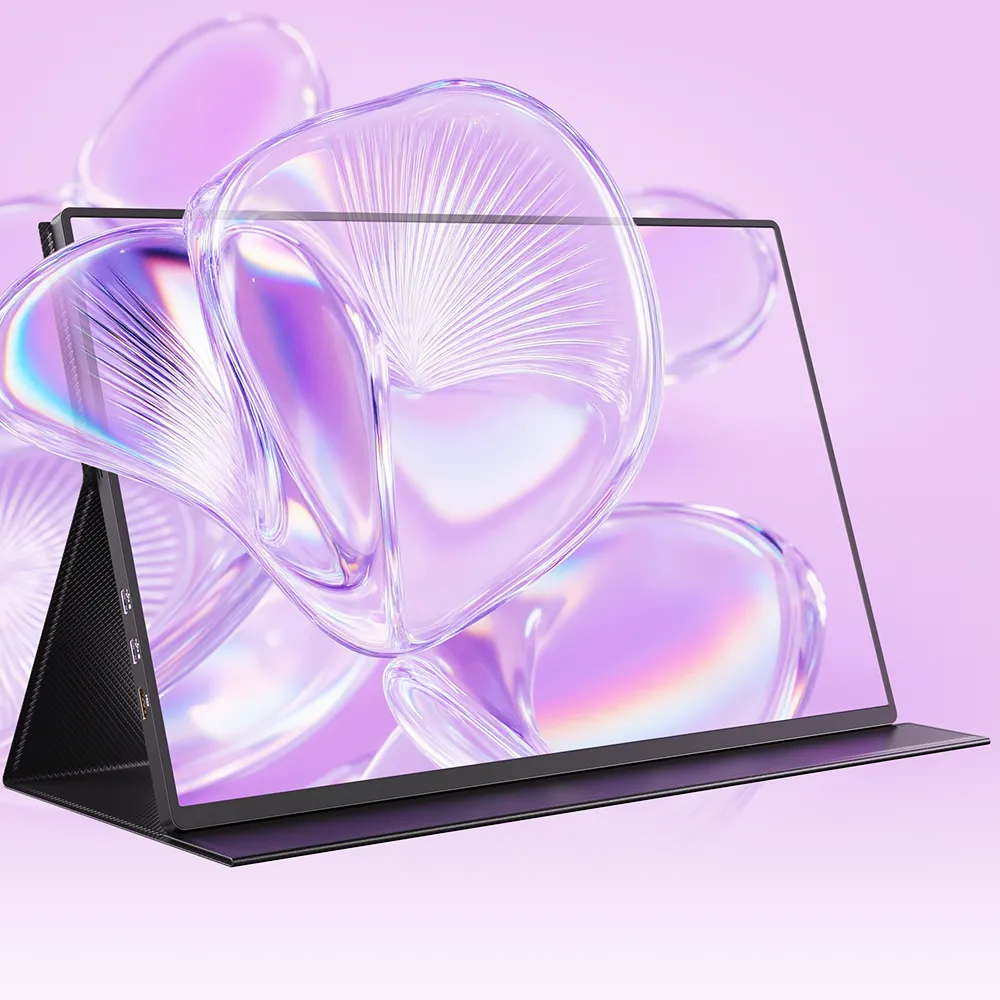



Leave a comment